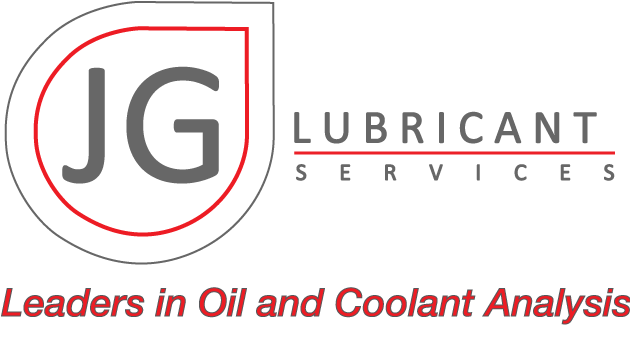
Oil Testing and Analysis
In order to understand oil analysis testing one must start by understanding how lubricants degrade with use. In any given lubricant (such as engine oil, transmission fluid or gear oil), there are three main factors that affect the “useful life” of the lubricant: Viscosity Stability, Oxidation State and Contamination. While it is important to understand how these factors affect oil life, it is equally important to realize that none of these factors can be measured or monitored except through a thorough and ongoing scientifically based oil analysis testing program.
Viscosity is defined as resistance of an oil to flow at a given temperature and it is typically measured at 40C (104F) and 100C (212F). The amount viscosity changes between these two points, is referred to as the “Viscosity Index”. Special additives called VI Improvers are used to make multi-grade lubricants such as 5W-30, 10W-30, 5W-40 and 15W-40 engine oils. These special additives are very large molecules that, over time, get cut-up or “sheared” as they pass through highly loaded gears and bearings. This process is called “shear-down” and it is permanent. Lost viscosity is never gained back. If left unchecked, shearing can progress to the point where there is no longer sufficient viscosity to lubricate parts and wear soon follows. Oil testing and analysis can detect viscosity loss long before it becomes a problem.
Oxidation is a natural process that degrades oil when it is heated in the presence of oxygen. Oxidation rate depends on initial oil quality and the total amount of heat the oil absorbs between change intervals. If the oil is not changed, and oxidation is allowed to continue, the oil will eventually become very thick as the broken down oil molecules bond together. Oil testing and analysis can detect oxidation long before it becomes a problem.
Contamination is the accumulation of foreign materials in the oil. Contaminants can be solid materials such as dirt, sand, dust or soot or they can be liquid from such things as fuel, water, or coolant (glycol). If oil is run too long, at some point, it will no longer be useful and will lose its ability to provide sufficient lubrication. Oil testing and analysis can detect contaminants long before they can become a problem.
JG Lubricant Services labs use standard ASTM (American Society for Testing and Materials) oil analysis testing methods and procedures including tests for Viscosity at 100C, TAN (Total Acid Number), TBN (Total Base Number), water, soot, and wear metals. We also test for particle counts in our Ultimate Test Kit.



